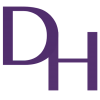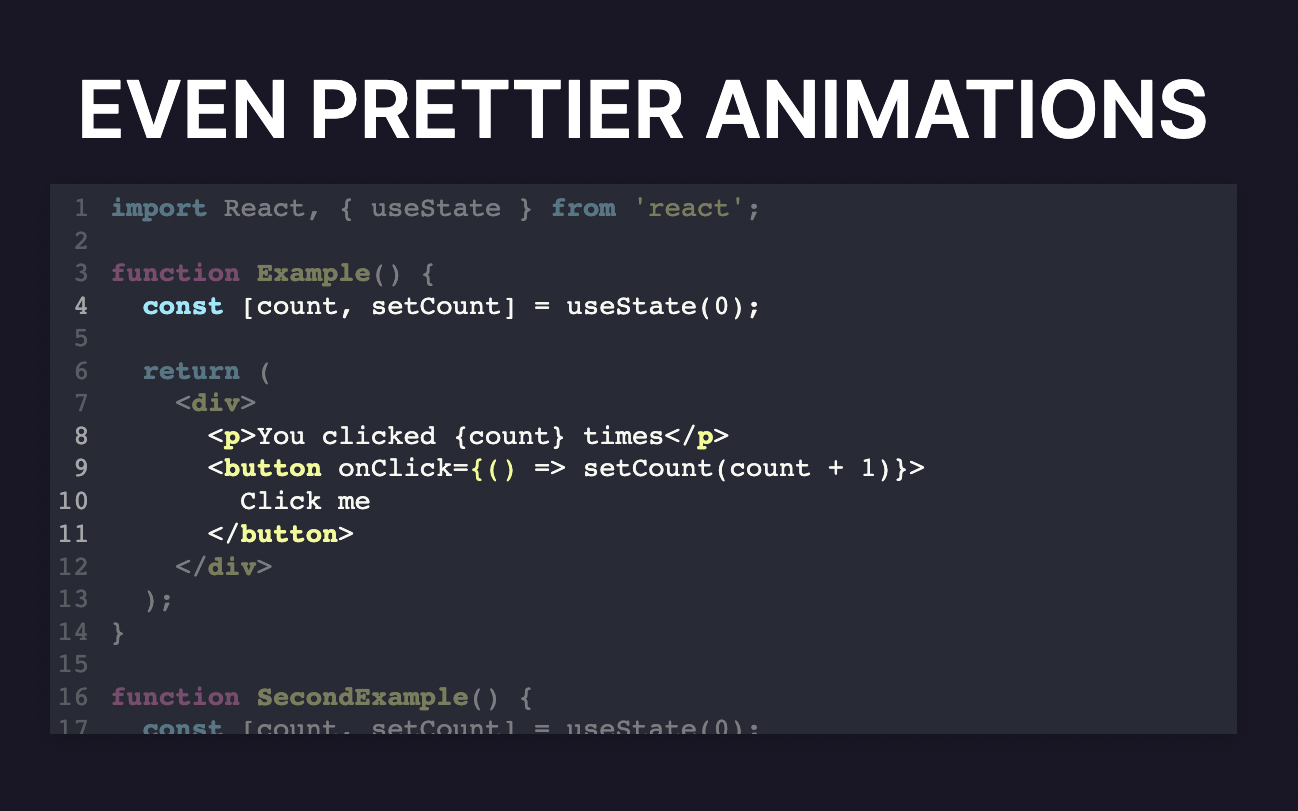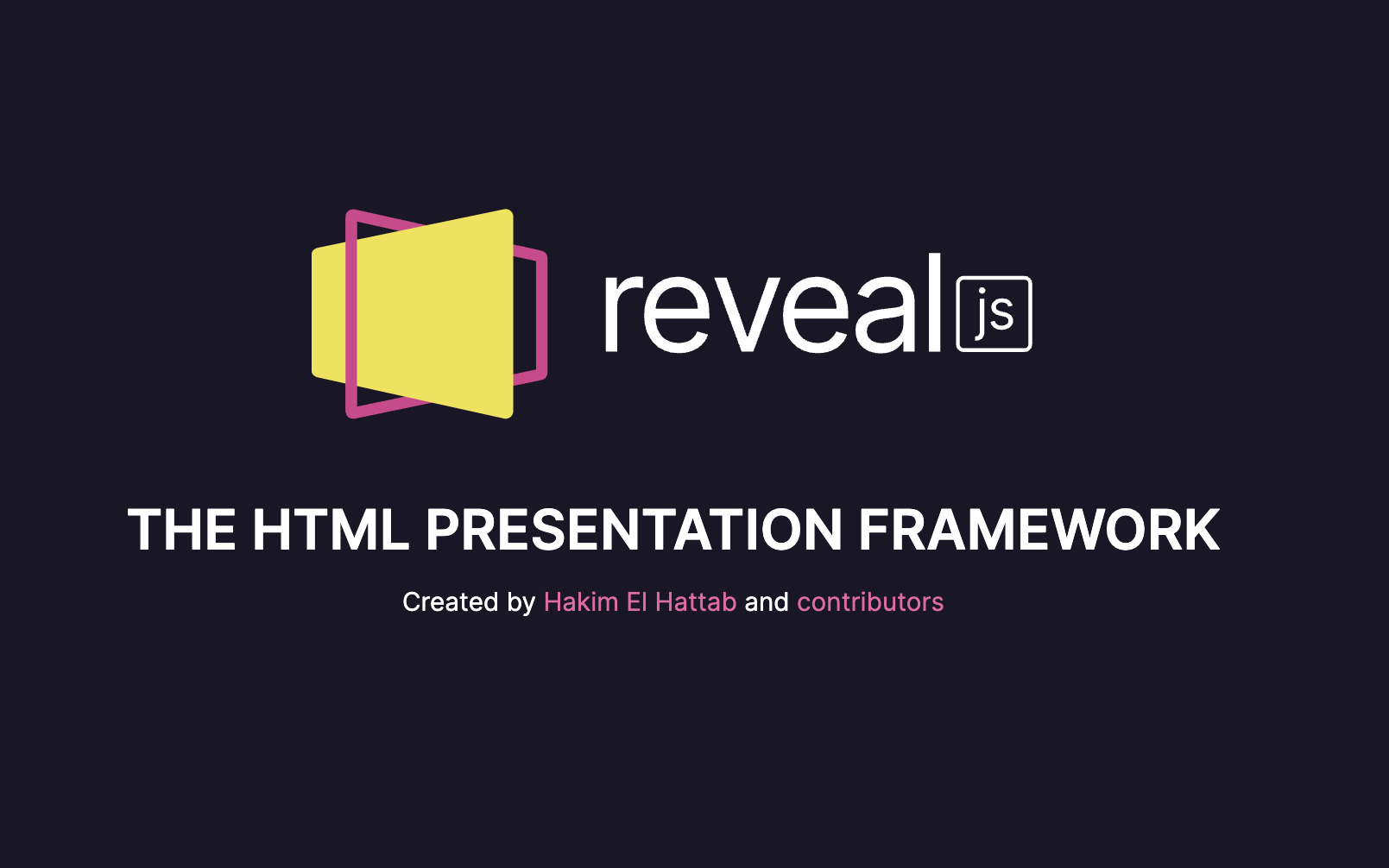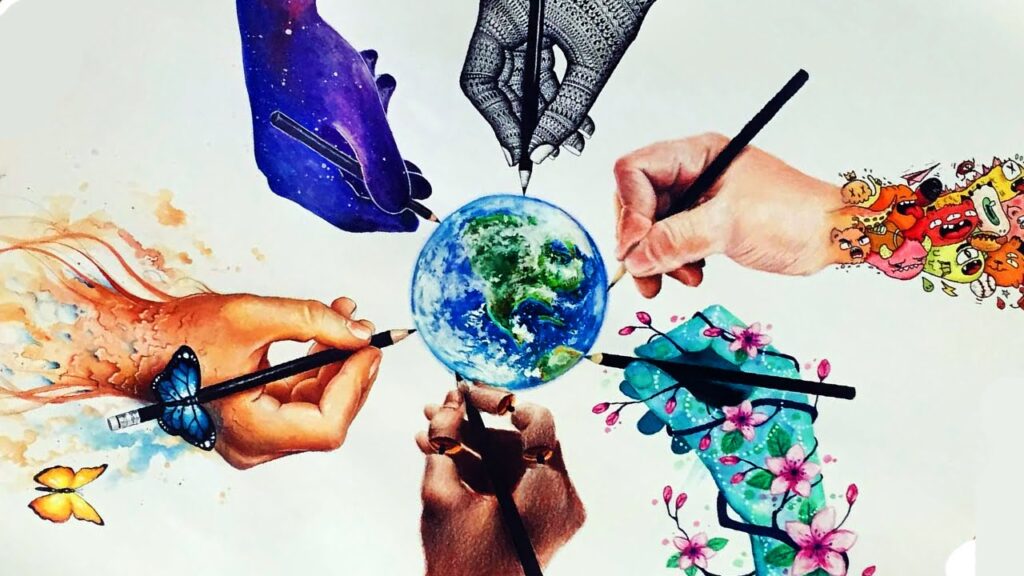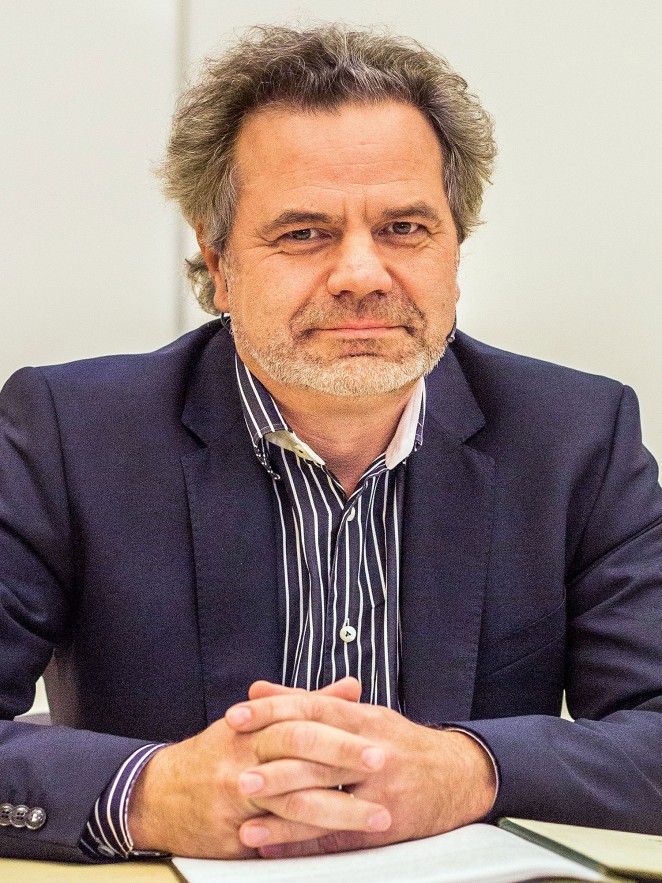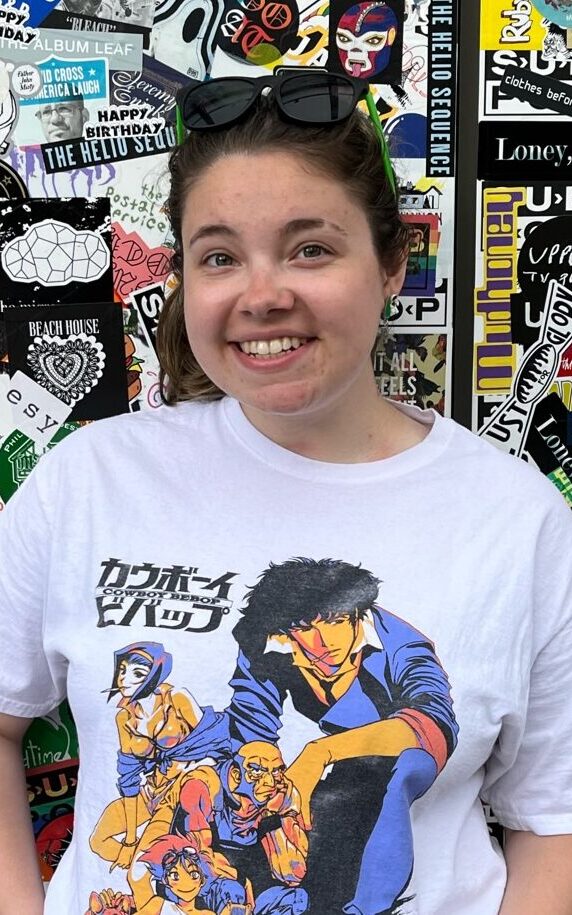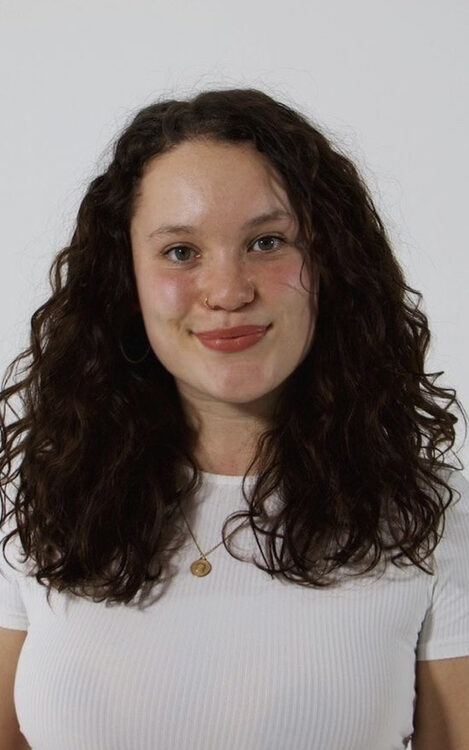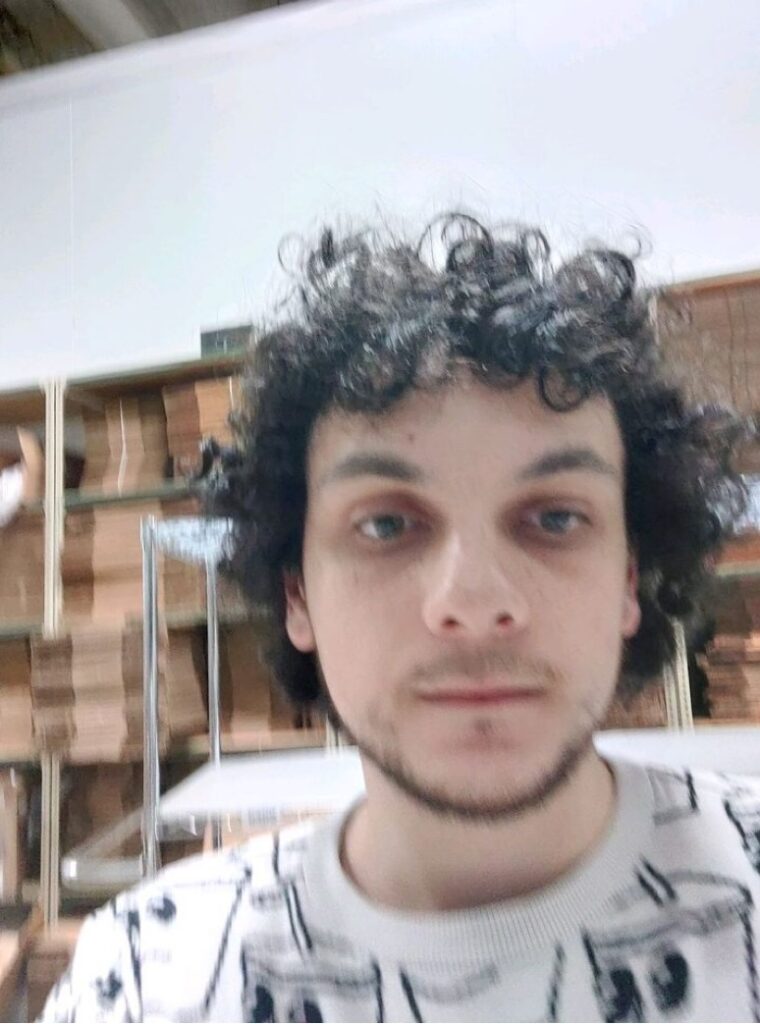Introduction and Context
This webpage contains Project One for DHM 280: Introduction to Digital Humanities, a class at West Chester University in the Fall 2022 semester, taught by Dr. Randall Cream.
The goal of this project is to assess the relationship between the field of Digital Art and the interdisciplinary area of Digital Humanities. This is the first required group project of DHM 280. For our first project in Digital Humanities, we wanted to present something we all had an interest in. Our group decided that we all enjoyed art and its unique digitalization. This led to our topic centering on Digital Art. Our team name, Good Luck Charlie, is a reference to the Disney show of the same name.
Overview of Discipline
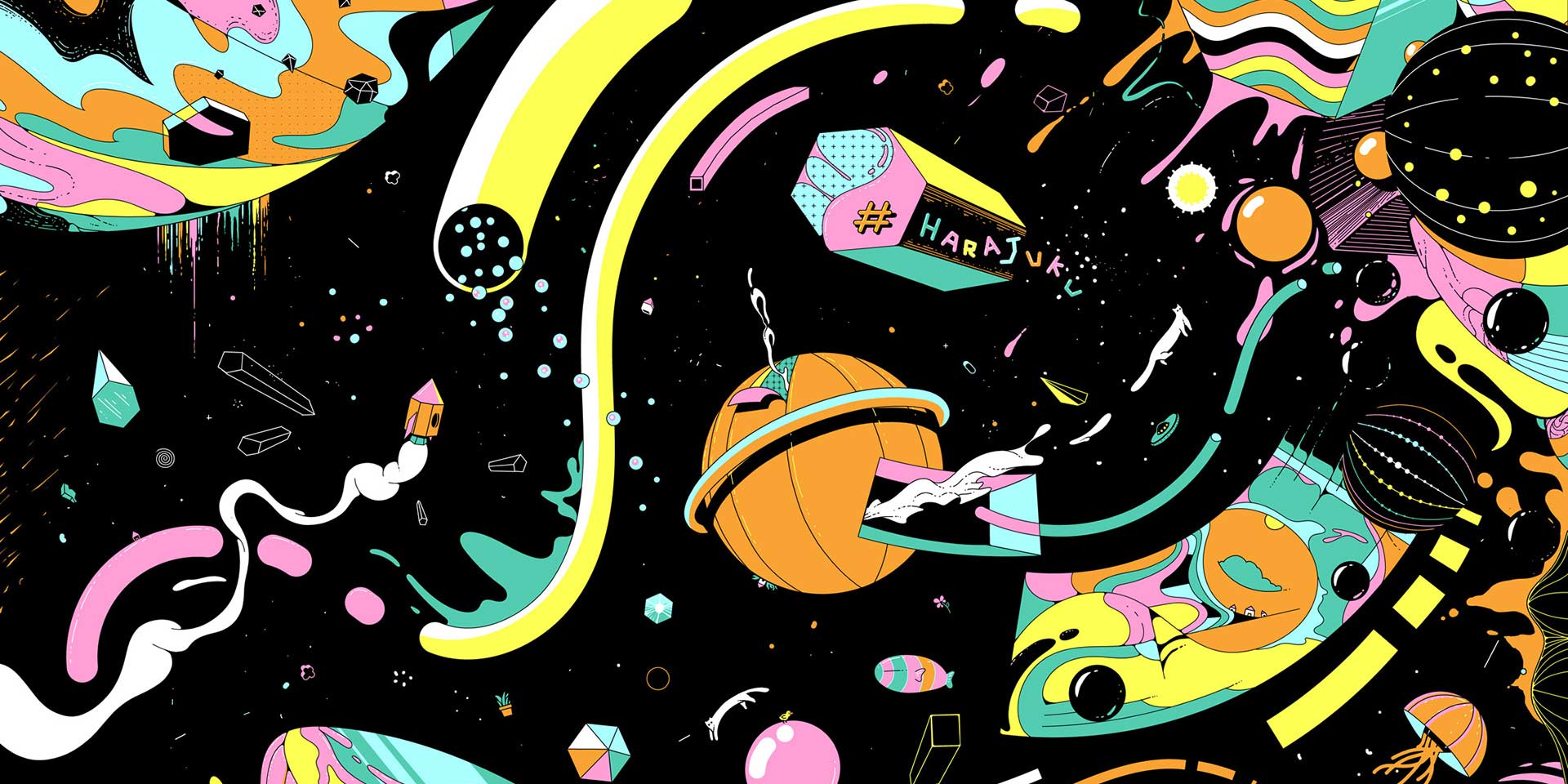
Art is a diverse range of human activity, and resulting product, that involves creative or imaginative talent expressive of technical proficiency, beauty, emotional power, or conceptual ideas. The nature of art and related concepts, such as creativity and interpretation, are explored in a branch of philosophy known as aesthetics. The resulting artworks are studied in the professional fields of art criticism and the history of art.
Art as a discipline has two separate sides to its practice. There is the actual creation of art by artists and the study of the production and concept of artmaking as its own discipline. What is special about art is that artists will study artmaking to then improve and iterate on their work. Digital art is an art that is exclusive to a digital space, and is the dominant new media in our era. This change in how art is viewed by an audience and published connects to art’s place in human culture and history.
Digital Project: The Forever Club
The Forever Club is an ensemble web comedy. Using a mash-up of videos, texts, interactive elements, and visual remnants of social media, the series tells the story of Jordan, Cj, Karen, and Gabe. No matter how strange things get during their unusual and often surreal misadventures, and no matter how strained the moments between them, they remain friends. Forever.
Should friends ever end like this? Shouldn’t there be a secret code, some forgiveness phrase (like “No problems” or “Have a nice day”) and suddenly everything is back to normal, we’re friends again, all hard feelings put aside?
Shouldn’t we all have that kind of escape clause in our lives?
“The Forever Club,” I think. A safe space where no matter what you do, no matter how crazy you get, your friends always forgive you. Forever Friends. In a Forever Club.
This project, which was made between 2018-2019 by Earl Gray, is relevant to Digital Art as a discipline because it utilizes virtual graphics to tell a story. Even further, it uses strictly digital platforms in its narratives, such as Instagram, Google searches, online news, etc. To put together a cohesive story with complex and thought-out graphics is a great example of digital art in today’s world.
Digital Tool: Reveal.JS
“The Forever Club” utilizes an extension of Java Script known as Reveal.JS. Reveal.JS is used primarily for creating “HTML” based presentations that are then styled with the programming language “CSS” and then are made interactive using the programming language “Java Script.” With all three programming languages at work, Reveal.JS creates a beautiful fully featured presentation. The best part is all of this power is packed into one web application at no expense to the user. With that being said, Reveal.JS is one of the most intuitive ways to make interactive presentations that can be used to portray digital art.
Overlapping Goals and Values
“The Forever Club” has many goals within digital art, one of them being able to create collaboration and openness resulting in a product that would be entertaining to an audience. This project is considered a webcomic, and its goal is to be a fun application of art and humanities in a digital medium. The main goal of digital art in the digital humanities is to create a multimedia platform to share art that does not get shared in in-person. Digital humanities combine technology and the humanities, and digital art blends art and technology (Art Ignition). The goal is to produce information for the humanities that can be shared digitally. Arts and culture can be shared through digital means. Digital art is art using technology as part of the process of creativity. Broadly speaking, the goals of digital humanities include creating databases of digital resources relevant to the humanities. This includes capturing, structuring, documenting, preserving, and disseminating the data at hand, developing methodologies that make it possible to derive new content from data, and generating research and knowledge to advance humanistic inquiry. “The Forever Club” and Digital Art as a whole have a shared goal of making content that helps to advance human inquiry.
The values of Digital Art and Digital Humanities reflect and overlap with the value of collaboration. There is immense value in collaboratively creating art physically and digitally. Well-commented code allows for collaboration in the project and acknowledgment. Natural leaders and planners emerge from group work, ideas take hold, and imagination takes flight. Collaboration in digital art forms a sense of community as young artists move toward a common goal. Digital technology has been able to expand art and digital art can create new relationships between people. In relation to our project, “The Forever Club,” the author Earl Gray is developing collaboratively. Gray is creating code in collaboration with people and even provides clear credit to those he’s working with.
Scholarship from the Discipline
Grau,Oliver; Hoth, Janina; Wandl-Vogt, Eveline (Hg.): Digital Art through the Looking Glass. New strategies for archiving, collecting and preserving in digital humanities. Krems a.d. Donau: Edition Donau-Universität 2019. DOI: https://doi.org/10.25969/mediarep/13360.
ABSTRACT:
Digital art challenges archiving, collecting and preserving methods within and outside of gallery, library, archive and museum (GLAM) institutions. By its media, art in the digital sphere is processual, contextual, modular and ephemeral, and its creative process is collaborative. From artists, scholars, technicians and conservators – to preserve this contemporary art is a transdisciplinary task. This book brings together leading international experts from digital art theory and preservation, digital humanities, collection management, conservation and media art histories. In a transdisciplinary approach, theoretic and practice-based research from these stakeholders in art, research, education and exhibition are presented to create an overview of present preservation methods and discuss demands and opportunities for the future. Finally, the need for a new appropriate museum and archive infrastructure is shown to preserve the art of our time.
Evaluation and Conclusion
In conclusion, the Digital Arts and Digital Humanities go hand in hand. Digital Art and the Digital Humanities share many of the same goals and values, as well as incorporate similar tools and methods in their works. For example, the Digital Humanities and Digital Art share important values such as collaboration. The technology that digital art is based upon provides new ways that artists can collaborate and communicate ideas. Without intermedia communication, both the DH and Digital Arts would lose much of their foundation. The Digital Humanities and Digital Arts share similar goals including openness and collaboration. The main goal of digital art in the digital humanities is to create a multimedia platform to share art that does not get shared in in-person. In addition, preserving and publishing media also aligns with digital art, as much of the work DH desires to archive is artistic in nature. Finally, digital art and the graphic interfaces used to contain it enable a large chunk of modern cultural content and entertainment to be profitable. With all of that being said, the DH and Digital Arts share many different crucial qualities and will continue to be successful within one another.
Meet Our Team!
Meet Team Good Luck Charlie…
- Katie Dick: Relevant Digital Projects and Webpage Co-Builder
- Frankie Martin: Goals From Discipline
- Michael McElwee: Coordinator and Description of Discipline
- Geo (Maurice) Murray: Digital Tools and Methods
- Kadyn Sass: Slideshow and Webpage Co-Builder
- Shannon Schubert: Report Writer and Values of Discipline
